We may earn money or products from the companies mentioned in this post. This means if you click on the link and purchase the item, I will receive a small commission at no extra cost to you ... you're just helping re-supply our family's travel fund.
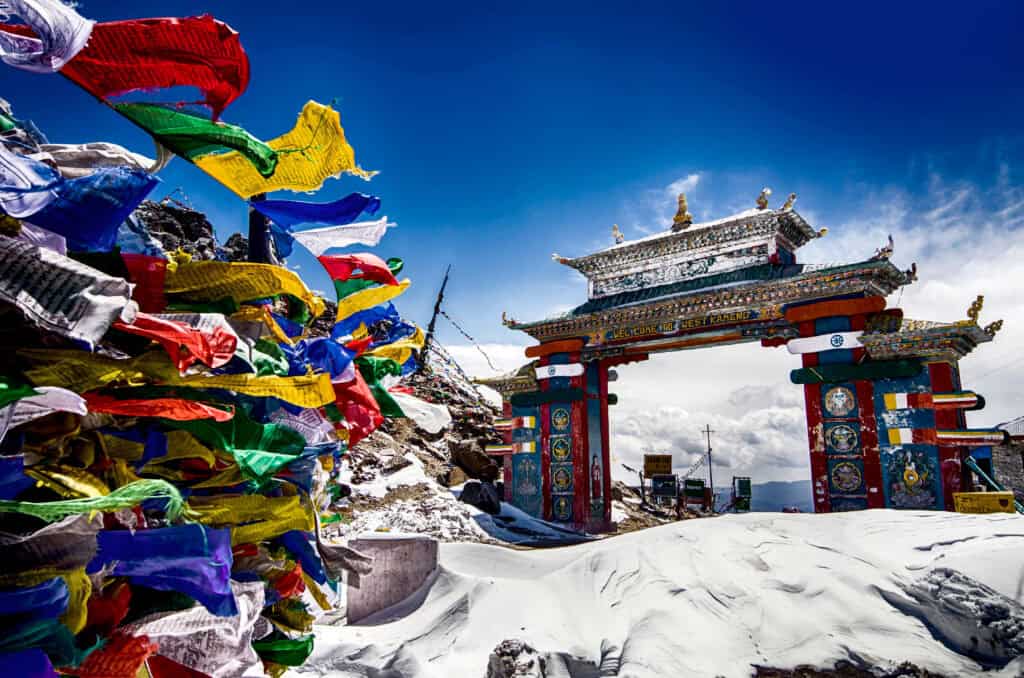
For years, retirement travel was sold as a kind of reward: long-haul flights finally booked, bucket-list treks at last within reach. Now a quieter shift is happening. Safety rules, insurance fine print, and age-based policies are starting to fence older travelers out of certain places, even when no one uses the word ban. Officials frame the changes as protection, not exclusion. The effect is the same: closed doors where once there were open paths, and a sharper awareness of time.
High Altitude Shrines Introducing Upper Age Limits
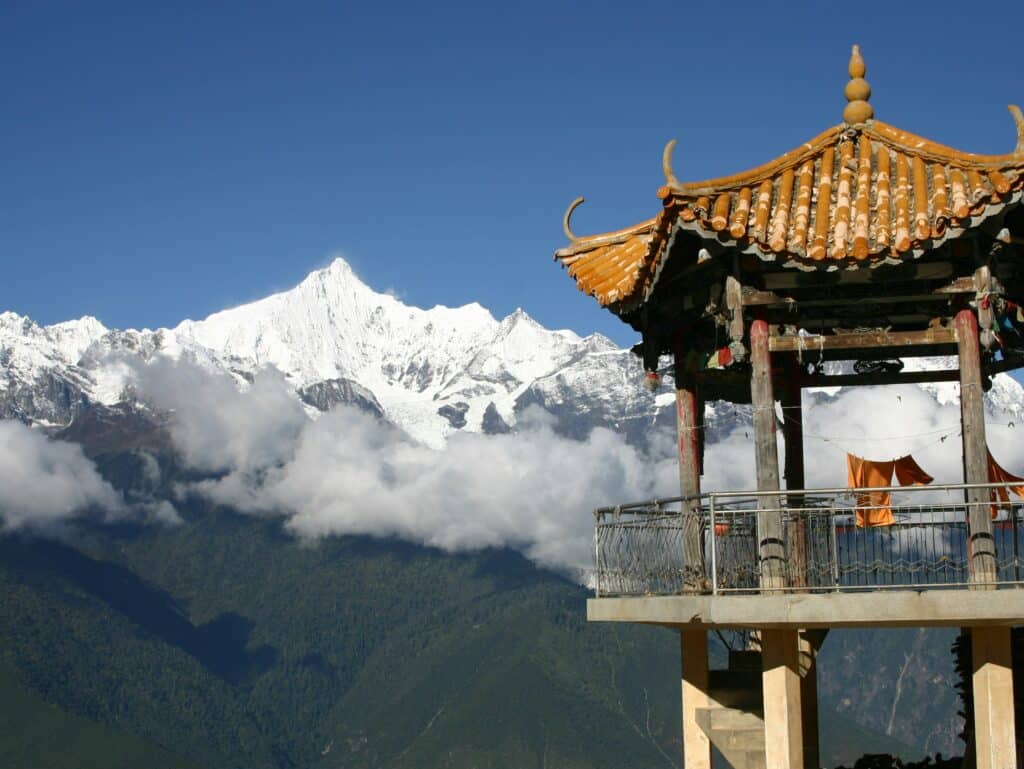
In some mountain regions, pilgrimage paths and scenic shrines have begun tying access to age as well as fitness. Officials point to thin air, steep stone steps, and rescue costs when explaining new upper-age cutoffs for peak season visits. Locals may support the rules after witnessing heart attacks or evacuations. Older pilgrims and travelers, though, often feel blindsided when a place they have honored from afar suddenly defines them as too fragile to stand in the courtyard.
Iconic Treks Requiring Stricter Health Certificates
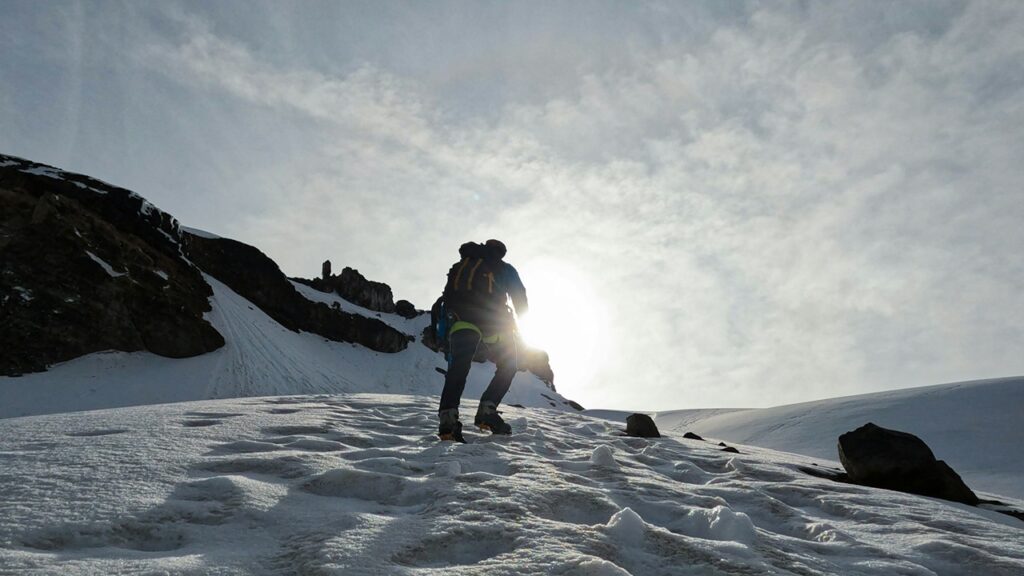
Legendary multi-day treks now sit behind more demanding medical screening, especially at altitude or in remote terrain. Tour operators ask for detailed health certificates, and some quietly discourage applicants over certain ages even when regulations do not require it. On paper, the trail remains open to anyone fit enough to walk. In practice, older hikers can feel sorted into a separate pile, told to consider scenic train rides or day walks while others sleep under stars they once imagined for themselves.
Adventure Towns Steering Seniors Away From “High-Risk” Tours
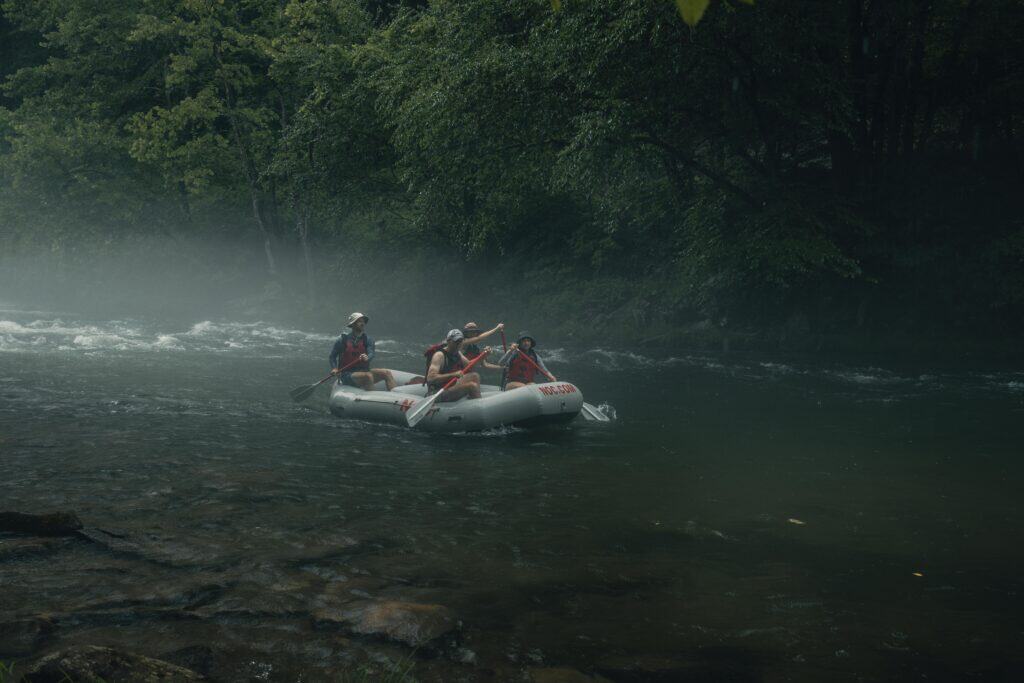
Rafting hubs, paragliding centers, and canyoning towns market themselves with glossy images of fearless energy. Behind that marketing, insurers and local authorities pressure operators to reduce accidents by tightening who can join. Older visitors may find themselves limited to mild “panorama” outings while younger travelers book the headline experiences. Staff often soften the message with kind smiles and talk of safety, but it still lands as a quiet age wall built along the riverbank and cliff edge.
Party Islands Branding Themselves As Youth-Only Zones

Some party-heavy islands and coastal strips have leaned hard into youth branding, with clubs, hostels, and even small hotels positioning themselves as spaces for “young vibes only.” There may be no formal upper age rule, yet older guests report chilly receptions, higher minimum spends, or flat refusals at the door. Tourism boards still show sunset shots that appeal across generations. On the ground, the message can feel clearer: mature travelers are welcome as long as they stay outside the nightlife frame.
Urban Hostels And Micro-Hotels Imposing Age Caps

Budget beds in central neighborhoods once drew travelers of every age who did not mind shared kitchens and thin walls. Now some hostels and micro-hotels quietly write age caps into policies, arguing that mixed dorms feel safer or more relaxed when everyone falls within a narrow band. Older solo travelers find search results full of properties where they technically could afford to stay but no longer qualify. The loss is not just price, but access to the social side of slow, low-cost travel.
Nightlife Districts Developing Informal “No Senior” Norms

Trendy nightlife districts court a constant stream of new visitors, and in some cities that has led to an unspoken division at the door. Bouncers and hosts may favor younger faces even when older guests meet dress codes and spend more freely. Officially, everyone is welcome. In reality, repeat stories circulate of older tourists turned away while younger groups stroll inside. Over time, entire neighborhoods start to feel coded as off-limits to anyone past a certain birthday, without a single rule posted.
Cruises Using Health Screens As De Facto Age Gates

Large ships still feature seniors heavily in brochures, yet health screening has grown more intrusive since recent global health scares. Pre-boarding questionnaires, doctor letters, and insurance requirements fall more heavily on guests over 65 or 70. Lines may not publish any upper age, but repeated warnings about risk and liability push some retirees to step back. Others pass the paperwork only to find that certain excursions or longer itineraries quietly exclude them on medical grounds.
Extreme Climate Destinations Pricing Out Older Visitors
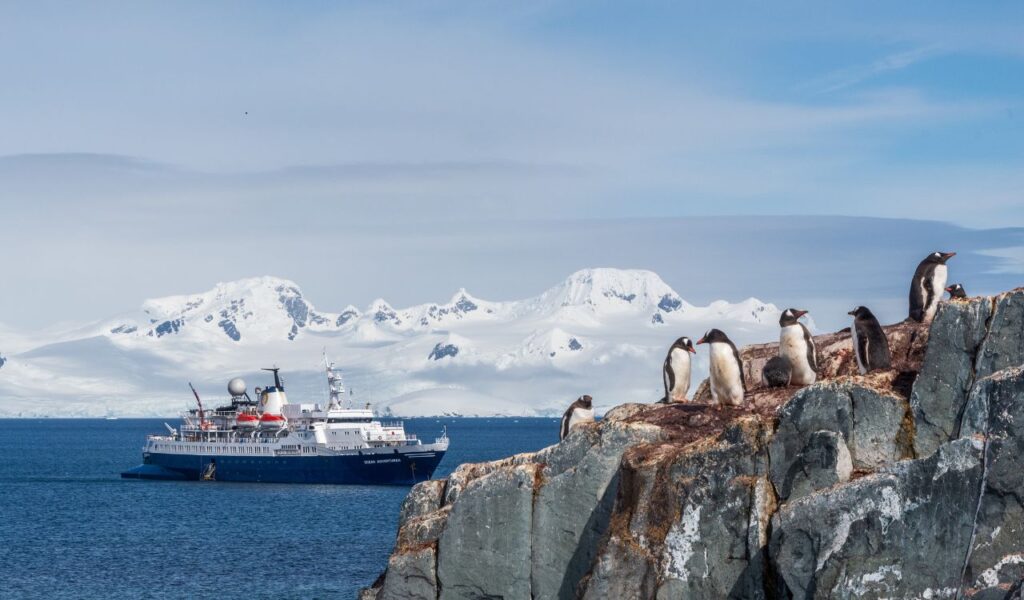
Trips to polar regions, high deserts, or deep jungle lodges now carry layers of insurance and emergency cover that can spike sharply with age. Some policies simply refuse to cover travelers past a set threshold, making visas, cruises, or expedition bookings impossible or ruinously expensive. Local guides may welcome elders in principle, yet cannot override insurers that view them as statistically costly. The result is a kind of economic ban, where the gate is not a sign but a premium.
Remote Eco-Lodges Limiting Access To Those “Fully Able”
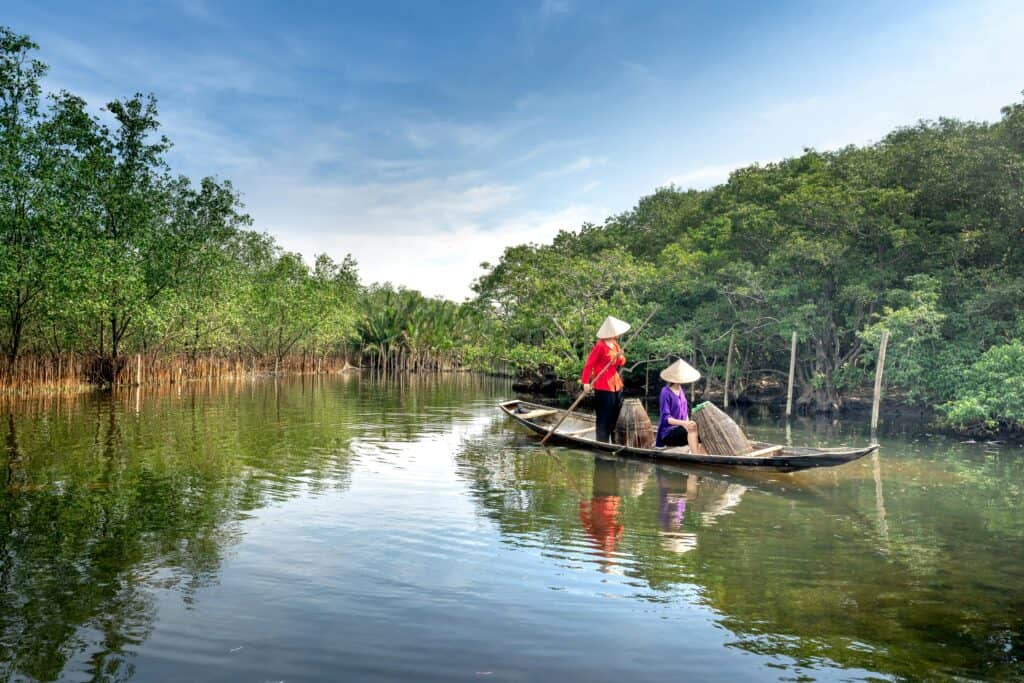
Remote eco-lodges accessed by rough tracks, river canoes, or long hikes increasingly frame their stays as suitable only for guests who can manage every step unaided. That language often masks quiet age assumptions, with older inquiries steered toward more comfortable properties in town. The intent may be kind, meant to prevent injuries far from hospitals, yet the emotional impact can still sting. For elders who have spent a lifetime walking trails, being labeled unsuitable without an individual assessment feels like a door closing too early.